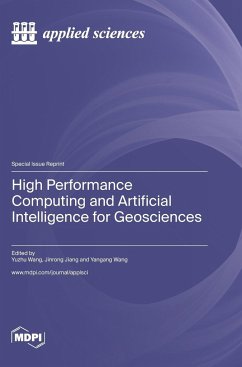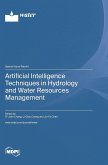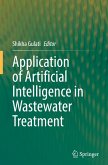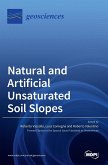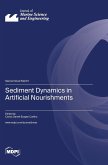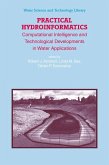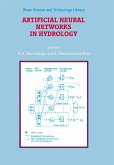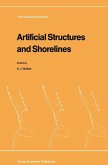In total, this Special Issue includes 11 papers. Firstly, Qi et al. conducted research on the large-scale non-uniform parallel solution of the two-dimensional Saint-Venant equations for flood behavior modeling. Zhang et al. proposed an efficient deep learning-based mineral identification method. Subsequently, Huang et al. proposed a named entity recognition method for geological news based on BERT model. Yang et al. proposed an automatic landslide identification method to solve the problem of the time-consuming nature and low efficiency of traditional landslide identification methods. Du et al. analyzed the potential of unsupervised machine learning methods for submarine landslide prediction. Wang et al. performed parallel computations on the inversion algorithm of the two-dimensional ZTEM. Xu et al. used the sliding window method and gray relational analysis to extract features from multi-source real-time monitoring data of landslides. Furthermore, Cao et al. proposed a new method called dual encoder transform (DualET) for the short-term prediction of photovoltaic power. Hao et al. conducted a series of parallel optimizations and large-scale parallel simulations on the high-resolution ocean model. Wang et al. proposed a time series prediction model for landslide displacements using mean-based low-rank autoregressive tensor completion. Finally, Yang et al. developed a measure of site-level gross primary productivity (GPP) using the GeoMAN model.
Hinweis: Dieser Artikel kann nur an eine deutsche Lieferadresse ausgeliefert werden.
Hinweis: Dieser Artikel kann nur an eine deutsche Lieferadresse ausgeliefert werden.

